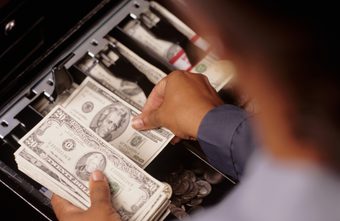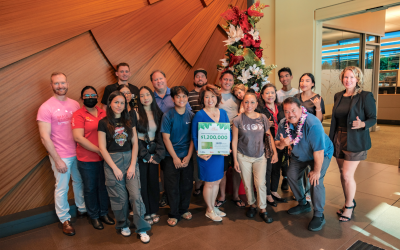The primary difference between cash and inventory is one is kept locked in a safe and the other is sitting on your refrigerator and store room shelves.
Here’s another difference; with cash, you can immediately take it to the bank, use it to buy more product or pay your staff. Not so with inventory. The only way to turn inventory into much needed cash is to sell it. But if you have more product on the shelf than you can sell before your next cash need, you could find yourself scrambling to make ends meet.
Restaurant operators continually seek the perfect amount of inventory to carry. Too little and they risk running out of product. Too much and they tie up their valuable cash and run the risk of higher food cost through spoilage and waste.
Well managed restaurants typically carry 5-7 days of food in inventory, enough to safely get them through until the next delivery, with a little cushion built in. They do so by establishing proper build-to par levels. Order amounts are based upon the difference between what they have on hand and what is needed to “build up to” the designated par level.
 While every restaurant is different, both in types of products and how much they use, it’s typical to get more frequent deliveries (2-5 times a week) for perishables such as produce, dairy, meat and seafood, whereas some refrigerated, canned and dry goods need only be delivered once or twice a week.
While every restaurant is different, both in types of products and how much they use, it’s typical to get more frequent deliveries (2-5 times a week) for perishables such as produce, dairy, meat and seafood, whereas some refrigerated, canned and dry goods need only be delivered once or twice a week.
Designated order frequency, with specific days of the week for delivery, is essential to setting proper par levels. For example, many restaurants set a twice a week order frequency for broad-line suppliers. Orders are placed on Mondays and Thursdays for Tuesday and Friday delivery, respectively. Par levels should be set based upon anticipated usage between deliveries.
Past order history is the best indicator of anticipated usage. To determine usage, calculate the total number of purchases over the last 6 – 8 weeks for each product you carry, then divide that by the number of days within the period (6-week = 42 days, 8-week = 56 days). This will result in the average daily usage for each product. Set your par based upon past usage and an acceptable cushion to get you through in case of a delivery shortage.
Most vendors, especially broad-line distributors, can provide you with a descending case report for a specific time period. You won’t need to comb through every invoice to see how much you’ve purchased — it’s on the report.
Setting proper par levels is good business. It takes the guesswork out of purchasing and enables your entire staff, not just managers, to participate in the purchasing process.
Moreover, it provides consistency and repeatability — the most important part of the guest experience.
Source: RestaurantOWNER.com




0 Comments